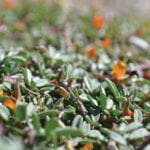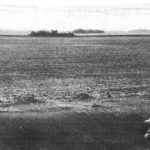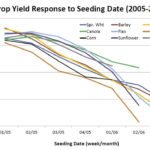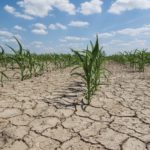If there’s a perfect recipe for success when it comes to variable-rate irrigation in potatoes, the researchers at the Canada-Manitoba Crop Diversification Centre (CMCDC) are still trying to find it. The idea of variable-rate irrigation is hardly new. As early as 2012, news of field trials was coming out of Alberta, although one of the













